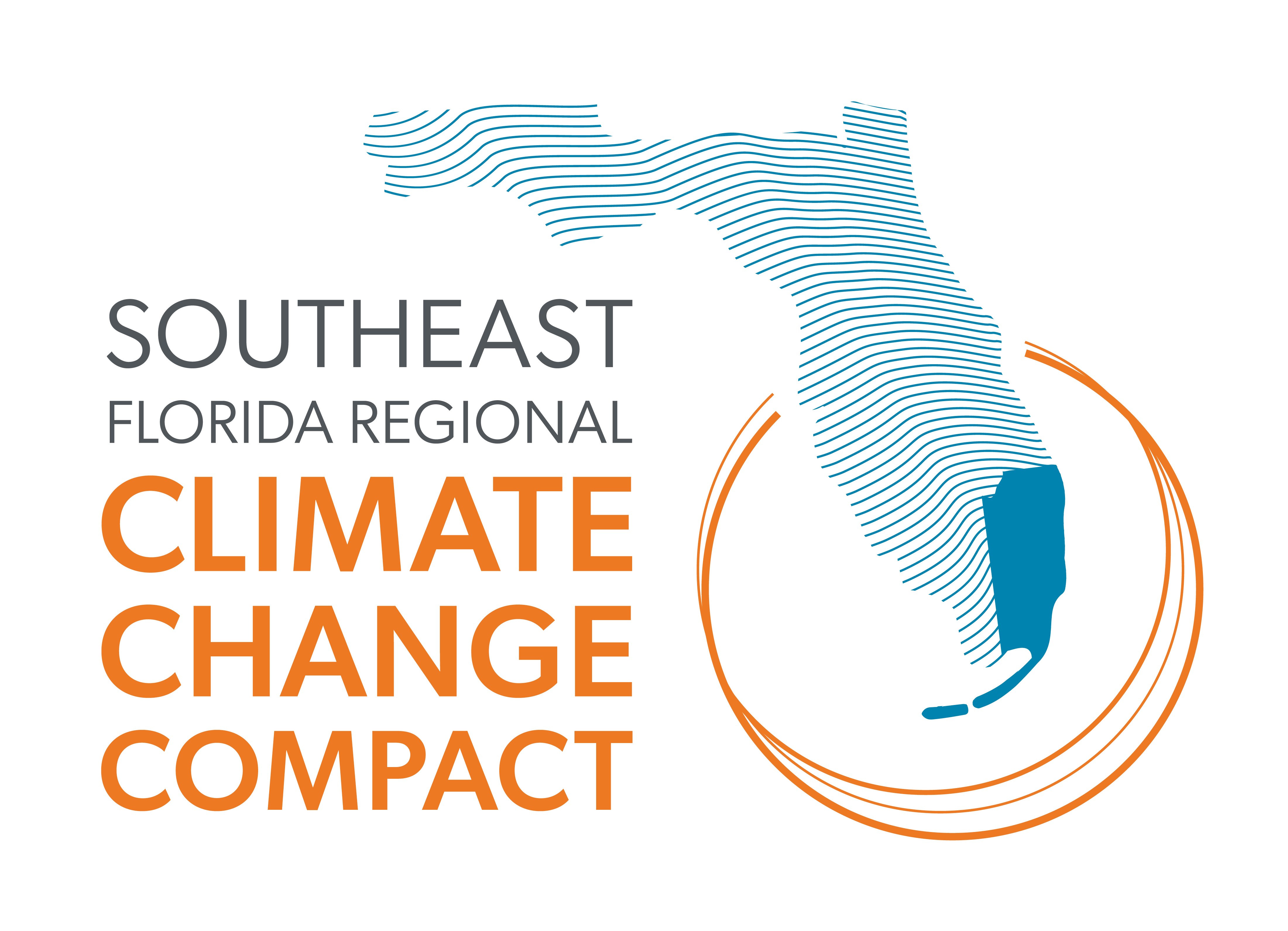Increase accessibility and expand the use of distributed (on-site sources) and utility-scale renewable energy and storage technology through policies, practices and technological development.
STRATEGIES
EN-4.1 Set percent renewable energy targets that align with regional and local GHG emissions reduction targets referenced in EN-1.
IMPLEMENTERS: local governments, electric utilities, private sector
EN-4.2 Expand affordability of renewable energy purchasing options by investing in inclusive financing and solar co-ops.
IMPLEMENTERS: non-profit organizations, local governments, private sector, electric utilities, financial institutions, philanthropic community, community-based organizations
EN-4.3 Seek alternative funding sources for expanding renewable energy purchasing options, including public-private partnerships and regional collaboration on grant opportunities, particularly for historically under-resourced communities.
IMPLEMENTERS: local governments, private sector, philanthropic community, academic institutions
EN-4.4 Develop incentives for new properties to be solar-ready or include a minimum amount of solar energy production per property.
IMPLEMENTERS: local governments
EN-4.5 Prepare for the use of vehicle-to-grid (V2G) technology.
IMPLEMENTERS: local governments, private sector, electric utilities
EN-4.6 Identify and expand opportunities that offer incentives for the private sector and academic institutions to advance research and bring to market strategies for distributed energy technologies.
IMPLEMENTERS: academic institutions, private sector, financial institutions, local governments, non-profit organizations
EN-4.7 Advocate for state and federal laws and programs that expand all opportunities for solar energy deployment statewide including rooftop solar on residential, commercial and industrial facilities.
IMPLEMENTERS: local governments, non-profit organizations, community-based organizations,
private sector, advocacy organizations
